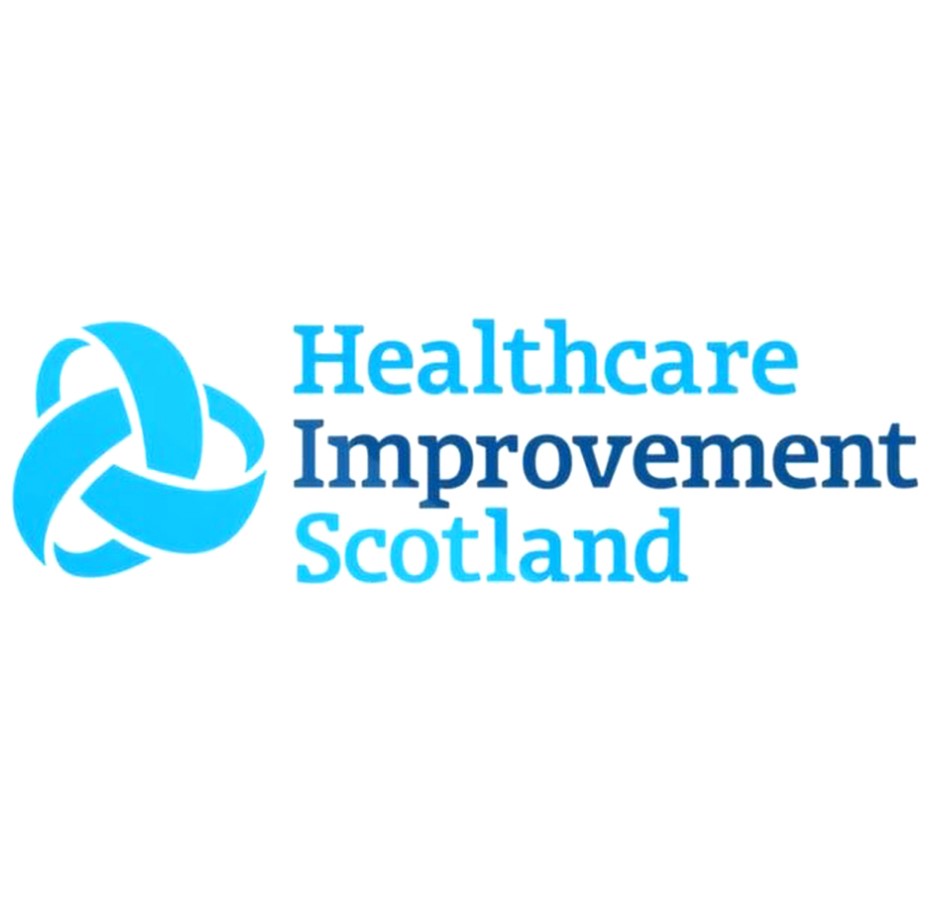In this guideline, delirium is defined as disturbed consciousness and inattention with cognitive impairment; acute onset and fluctuating course as a physiological consequence of disease or treatment. Delirium is often reversible. Other terms used to describe delirium include acute confusional state, agitation, and terminal restlessness, but the terms restlessness and terminal agitation should be used once reversibility is excluded.

